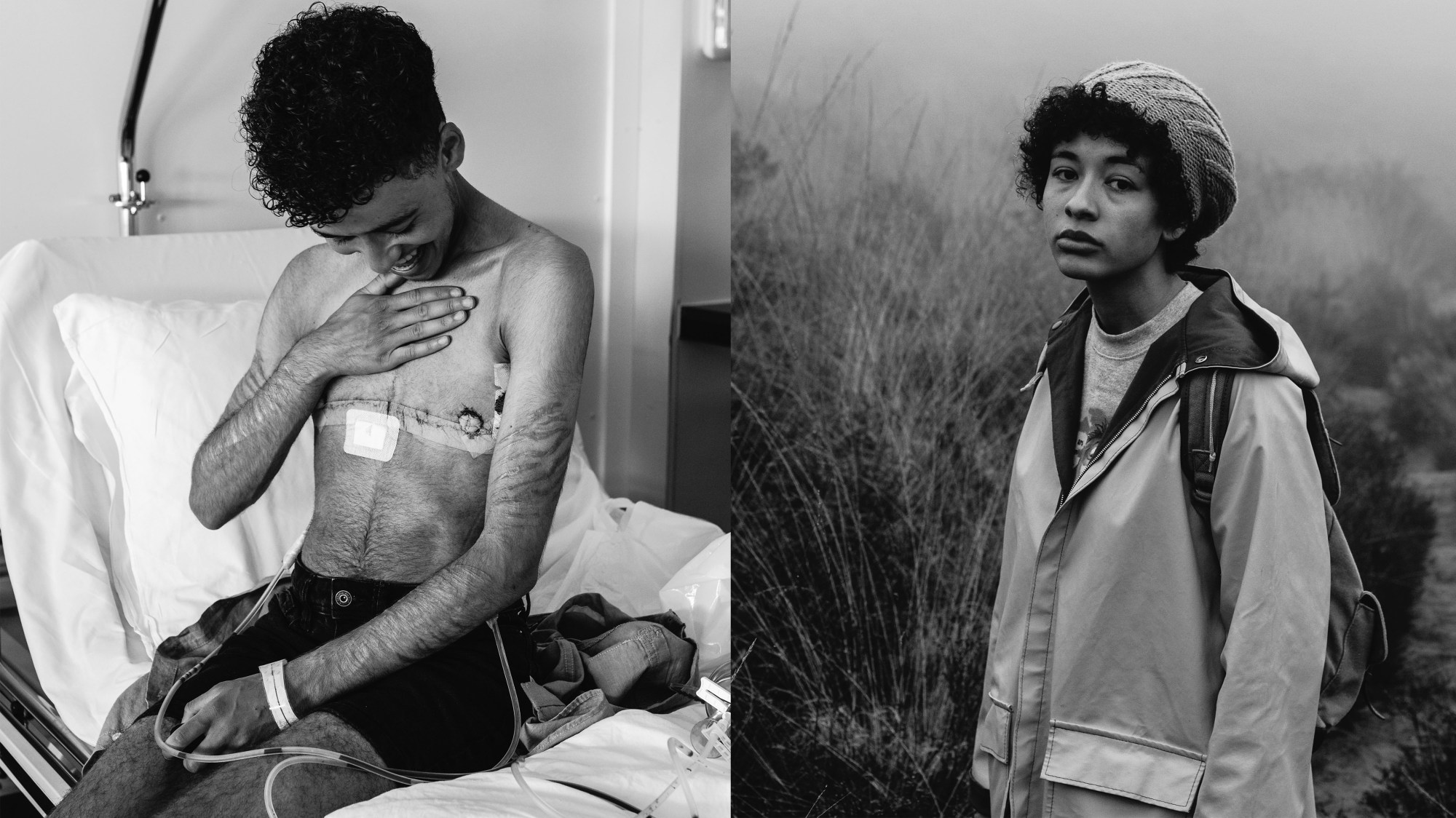As a teen, Dutch photographer Marvel Harris struggled with disordered eating and profound feelings of insecurity and aversion towards his body. Not understanding the root of his conflict, therapists trotted out textbook analysis, telling him: “Not wanting to gain weight, when struggling with an eating disorder, is associated with not wanting to grow up and take responsibilities.”
Recognising this was not the source of his distress, Marvel dug deeper in search of understanding. When he gained weight, people offered compliments like, “Real women have curves,” which inadvertently got at the crux of the matter: Marvel was not a woman.
While reading about gender dysphoria in 2016, Marvel began to recognise himself and embarked on a journey to live his truth. A year later, he picked up the camera and began making a series of self-portraits documenting his experiences as a non-binary transgender artist transitioning to manhood. But something happened as he created a space for silent reflection of himself — Marvel found the path to his lifelong search for self-love and self-acceptance.
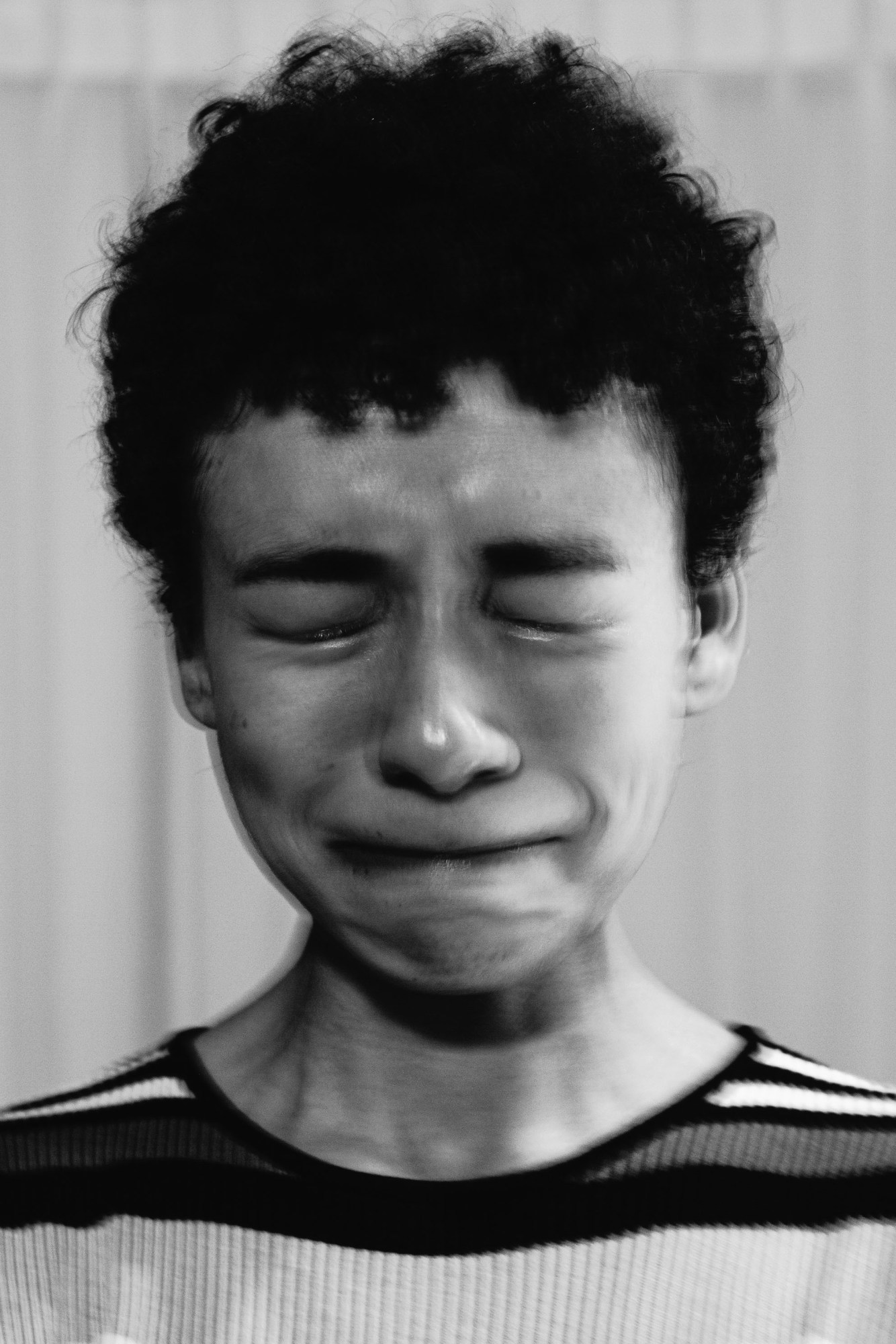
With the publication of MARVEL (MACK), Winner of the MACK First Book Award 2021, the artist offers an intimate look at the soul made flesh in a series of poignant self-portraits created between 2014 and 2019. The series began after Marvel’s disordered eating left him unable to dance, a passion that gave him an outlet for self-expression when all others failed.
“I didn’t know I was autistic yet. I didn’t get diagnosed until I was 22,” Marvel says, explaining that girls with autism often get misdiagnosed with personality disorders — which is what happened to him. “It wasn’t until I got into my medical transition that they realised I had autism. It made a lot of sense to me. I finally felt less like an alien. I always felt so different from others, but I didn’t know what it was. There were times I came home from school extremely tired and would have a meltdown from dealing with overstimulation. When people asked me to socialise after school, I was like, ‘How!?’ I just didn’t understand. I wanted to grab my camera to express those feelings.”
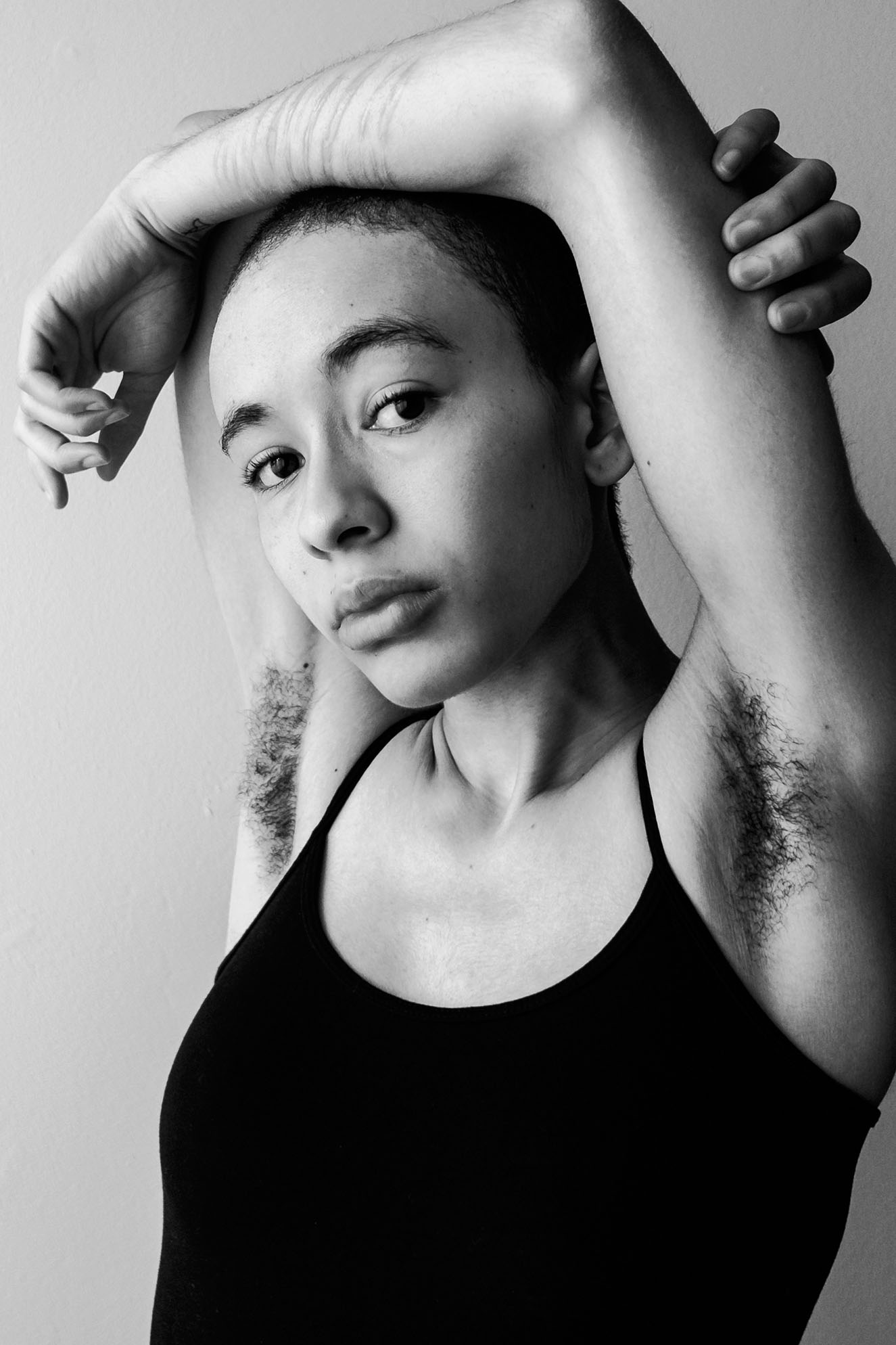
The camera quickly became Marvel’s confidant. “I find it very difficult to sit in silence, but that’s exactly what I needed to get to know, understand, and connect with myself.” Making photographs whenever he experiences something that feels honest, Marvel takes photographs whenever “something draws my attention or feels beautiful”. “When I look directly into the camera, I am more aware that there are ways I want to be seen. I might feel very masculine at that particular moment, and when I look at the photo, I feel more secure about myself.”
Although Marvel didn’t find a sense of connection when he looked in the mirror, the self-portraits gave him an understanding of himself that came from having a feeling of distance. “I’ve become more aware of my facial expressions and what I was feeling at the moment,” he says. “Sometimes I would tell someone, ‘I felt quite happy in that picture’ and they would say, ‘But you don’t look happy’. It has helped me explain to others that you can’t necessarily read from someone’s facial expressions how they genuinely feel. If you want to know what someone is going through, you have to ask honest questions and just be a listener. Be open and don’t make assumptions. It’s the same with gender. You might look at someone you think is a man, but maybe that person doesn’t identify as a man. That’s only something you can learn by getting to know someone.”
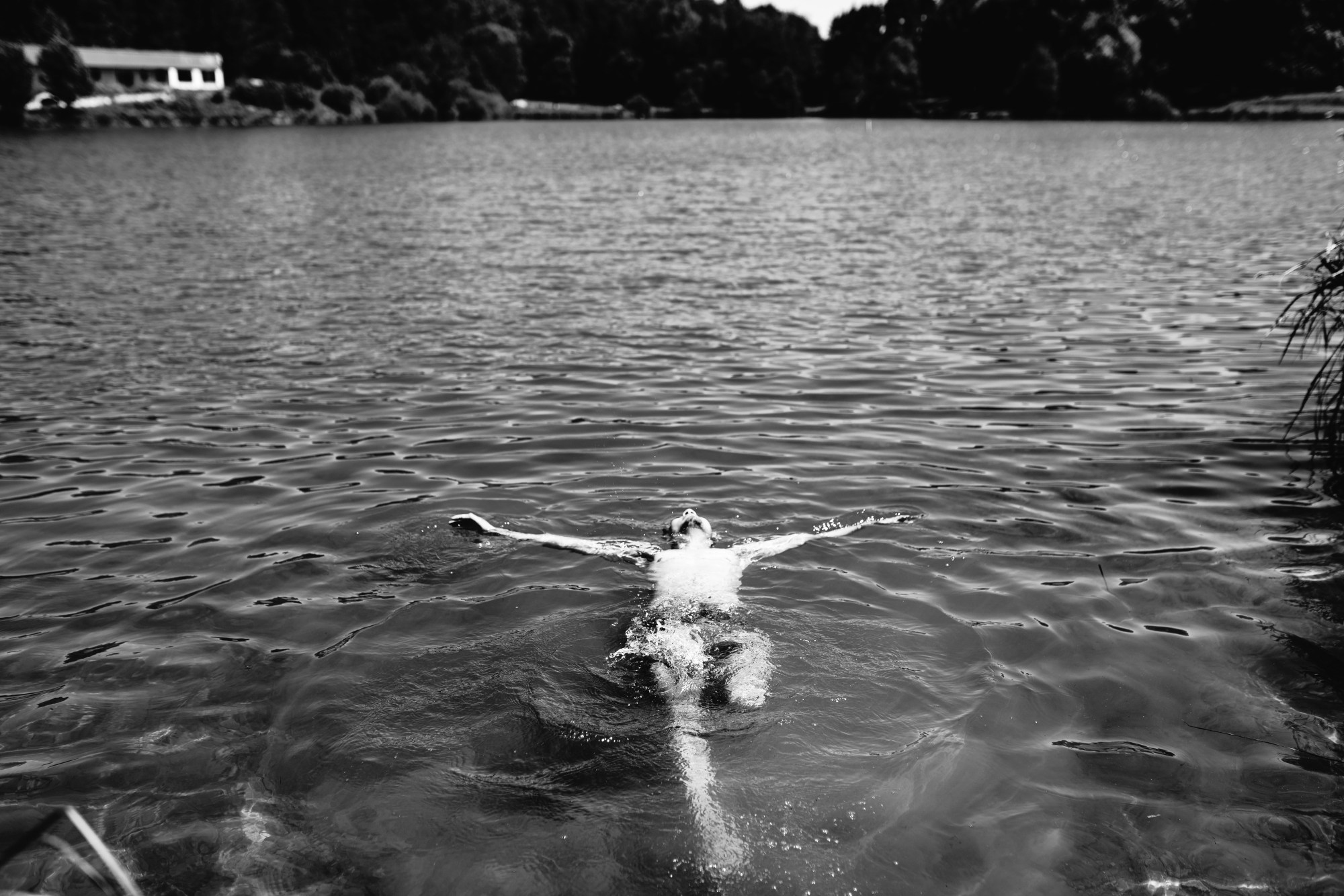
Marvel also makes photographs in environmental settings using a remote control. In time, his comfort level increased to the point where he’s no longer aware of the moment he presses the button, creating a powerful sense of freedom that comes alive in the work. The camera was there in good times and in bad, always bearing witness without judgment. “There was a moment that I felt like I didn’t want to go on with life anymore. I don’t know if I would call that courage, but I was able to grab my camera and…” trailing off for a moment in thought.
“My camera feels like a friend or a listener — it almost feels like a friend to me, and I’m thankful for it being there through difficult times. I feel kind of emotional talking about it. Being with my camera, I felt like I could stop my negative thoughts from spiralling out of control. Like I said earlier, it’s hard to sit in silence, but I think it’s really necessary to just sit with your emotions and feel them. It’s really bad, but then it passes and becomes less heavy.”
Although Marvel did not intend to create a long-term project or even share the work, the project naturally evolved into something so profound that he recognised it was necessary to release it into the world. “I shared my photographs with my parents, my therapist, and my friends to show them what I was going through, and they said, ‘Maybe because your work is so personal, you can share it with other people so they can recognise themselves in your story and maybe they will feel less alone. That gives me hope.”
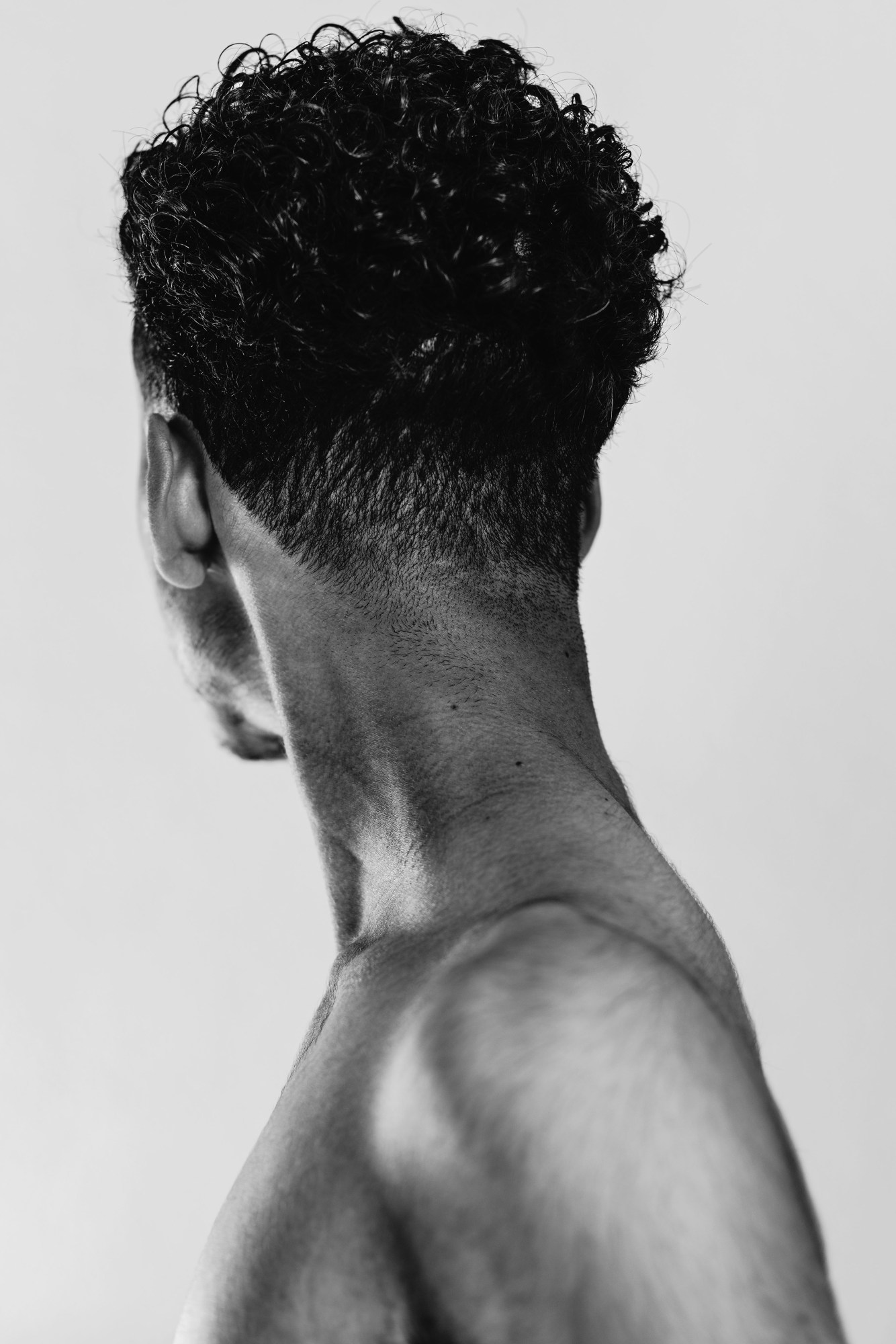
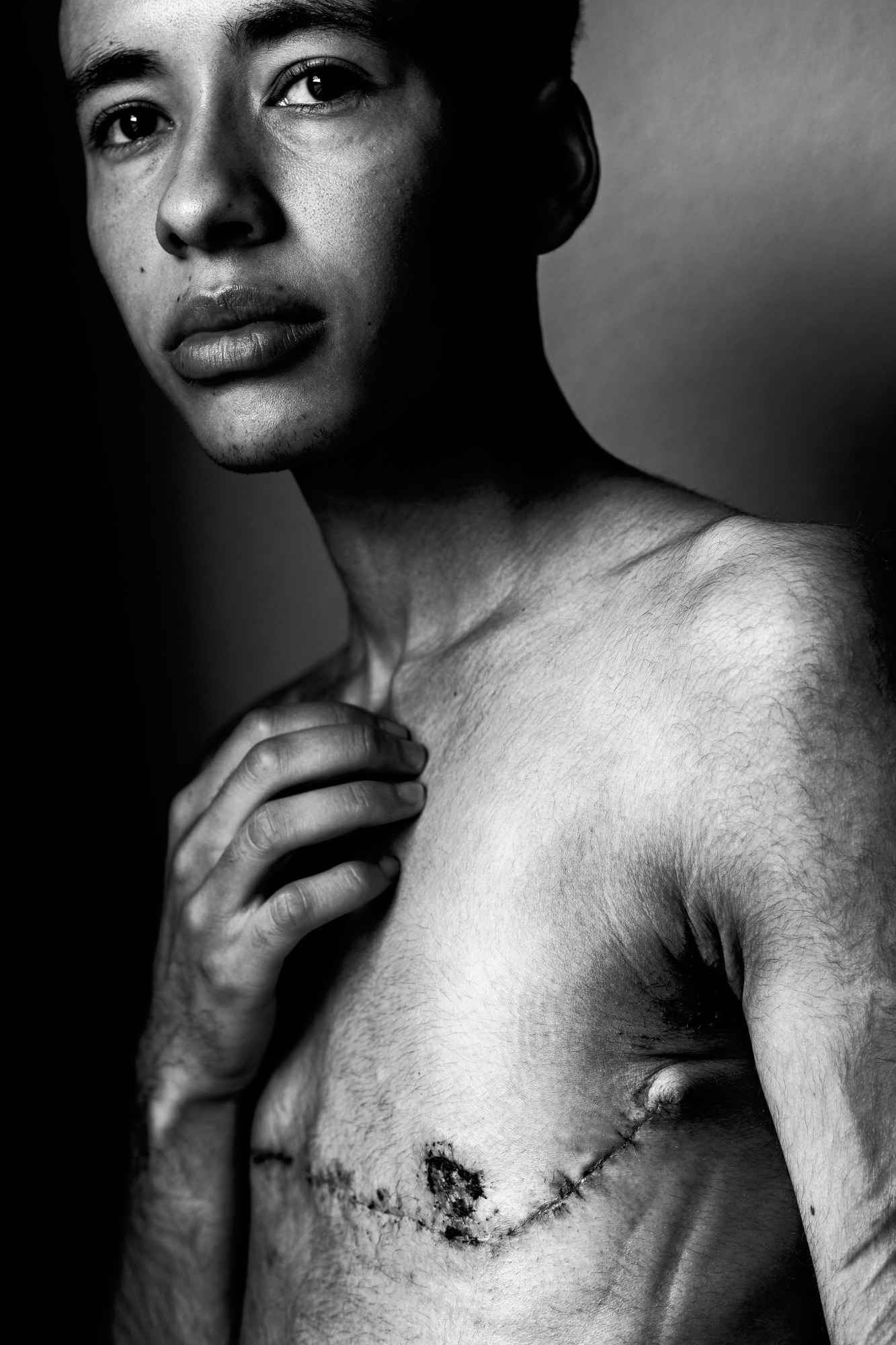
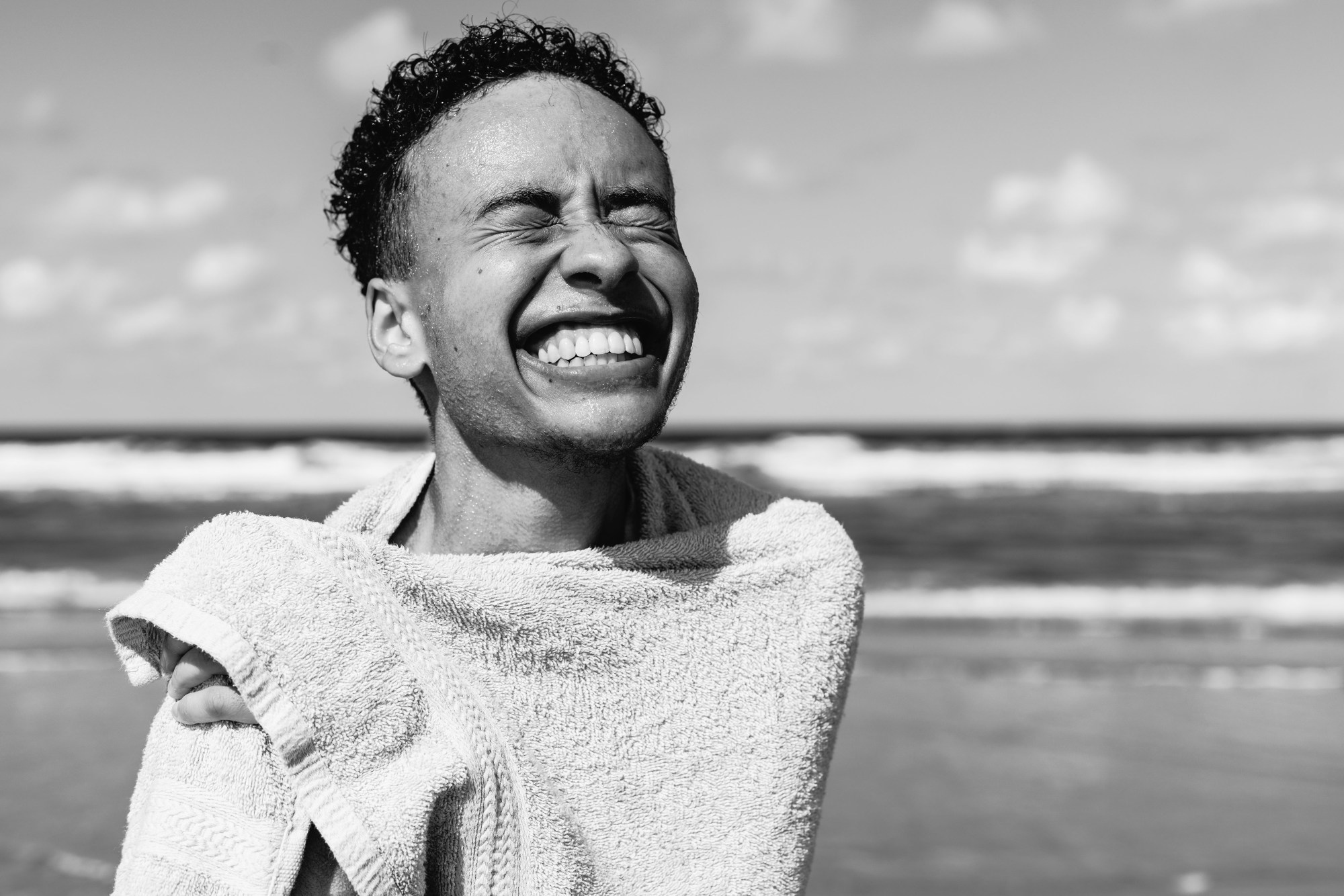
Credits
All images courtesy the artist and MACK.
